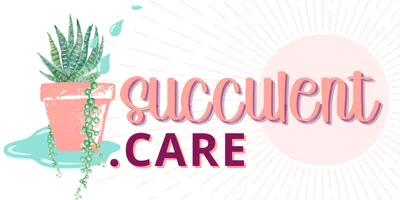
If you’re looking for a versatile, low-maintenance groundcover for your garden, look no further than Sedum spathulifolium ‘Capo Blanco’. This cultivar of the Sedum spathulifolium species, which is native to the Pacific Northwest, is known for its brilliant silvery leaves and clusters of tiny yellow flowers. In addition to being a great choice for use as a groundcover, pathway accent, or in rock gardens, ‘Capo Blanco’ is also an excellent choice for mixed succulent containers.
Dig in!
Characteristics
One of the key features of Sedum spathulifolium ‘Capo Blanco’ is its glossy, fleshy, spoon-shaped leaves. These leaves are typically 1-2 cm long and 4-6 mm wide, and are green to blue-green in color. In cool temperatures, the foliage turns a beautiful red-bronze, providing seasonal interest. In late spring or early summer, the plant produces small, star-shaped yellow flowers that contrast nicely with the foliage. And, even better, it is evergreen.
Growing Requirements
This Sedum thrives in well-draining soil and full sun to light shade exposure. While it can tolerate poor soil conditions, it prefers lean, sandy, or rocky soils and should be avoided in wet or poorly drained sites. It is a great choice for rock gardens, green roofs, and xeriscape gardens. To establish a strong root system, it is important to water deeply and regularly during the first growing season, and then reduce frequency once it is established. This Sedum can be propagated by stem cuttings or division, and can also be grown from seed, but the seedlings will not come true to the parent plant.
Care and Maintenance
Sedum spathulifolium ‘Capo Blanco’ is a low-maintenance groundcover that is easy to grow. It can be fertilized once a year in the spring with a balanced fertilizer and will not require frequent watering once established. It is cold hardy, can survive in hardiness zones 5-8. To control its spread, it can be trimmed to shape in early spring or late summer. Additionally, the blooms and foliage are a food source for the brown elfin butterfly and other insects.
Definitely check out: How to Water Succulents So They Don’t Die
Can You Eat It?
The foliage of this Sedum is considered to be edible and can be eaten raw or used as a unique addition to soups or stir-fries, but use caution as high consumption may cause stomach upset. I…. definitely wouldn’t eat mine though. At least I know that it isn’t toxic if accidentally ingested.
You might like: My Succulent Leaves Are Turning Yellow
In conclusion, Sedum spathulifolium ‘Capo Blanco’ is a versatile and low-maintenance groundcover that is perfect for rock gardens, green roofs, and xeriscape gardens. Its brilliant silvery leaves, clusters of yellow flowers, and attractive purplish tinge in cool weather provide year-round interest. Its tolerance for drought, poor soil conditions, and being edible make it an ideal choice for gardeners with busy schedules or limited resources. Its high resistance to pests and diseases, in addition to its use as a food source for insects, make it a great addition to any easy-care garden.
Quick question: Should you mist succulents? Find that answer here.

Sedum spathulifolium ‘Cape Blanco’ Care Guide
Growing Season:
Winter
Dormant Season:
Summer
Hardy to USDA Zone: 6a- Size: Up to 5″ tall, low, creeping groundcover
- Foliage: Powdery silvery green with red undertones
- Flower: Yellow
Propagation: Stem cuttings, leaves, seed
Light: Full Sun
Water: Drench & Dry
Soil: Gritty, mostly inorganic, quickly draining- Origin: Coastal Western Canada and Coastal Western USA
About Sedum spathulifolium ‘Cape Blanco’
This neat little sedum has powdery silver rosettes and creeps low along the ground. It is considered a hardy sedum and will survive freezing temperatures down to USDA Zone 6a!
Sedum spathulifolium ‘Cape Blanco’ propagates easily by stem cuttings taken during its growing season. It blooms yellow flowers between May and July.
Sedum spathulifolium is an excellent ground cover, pot filler and perfect for fairy gardens!

